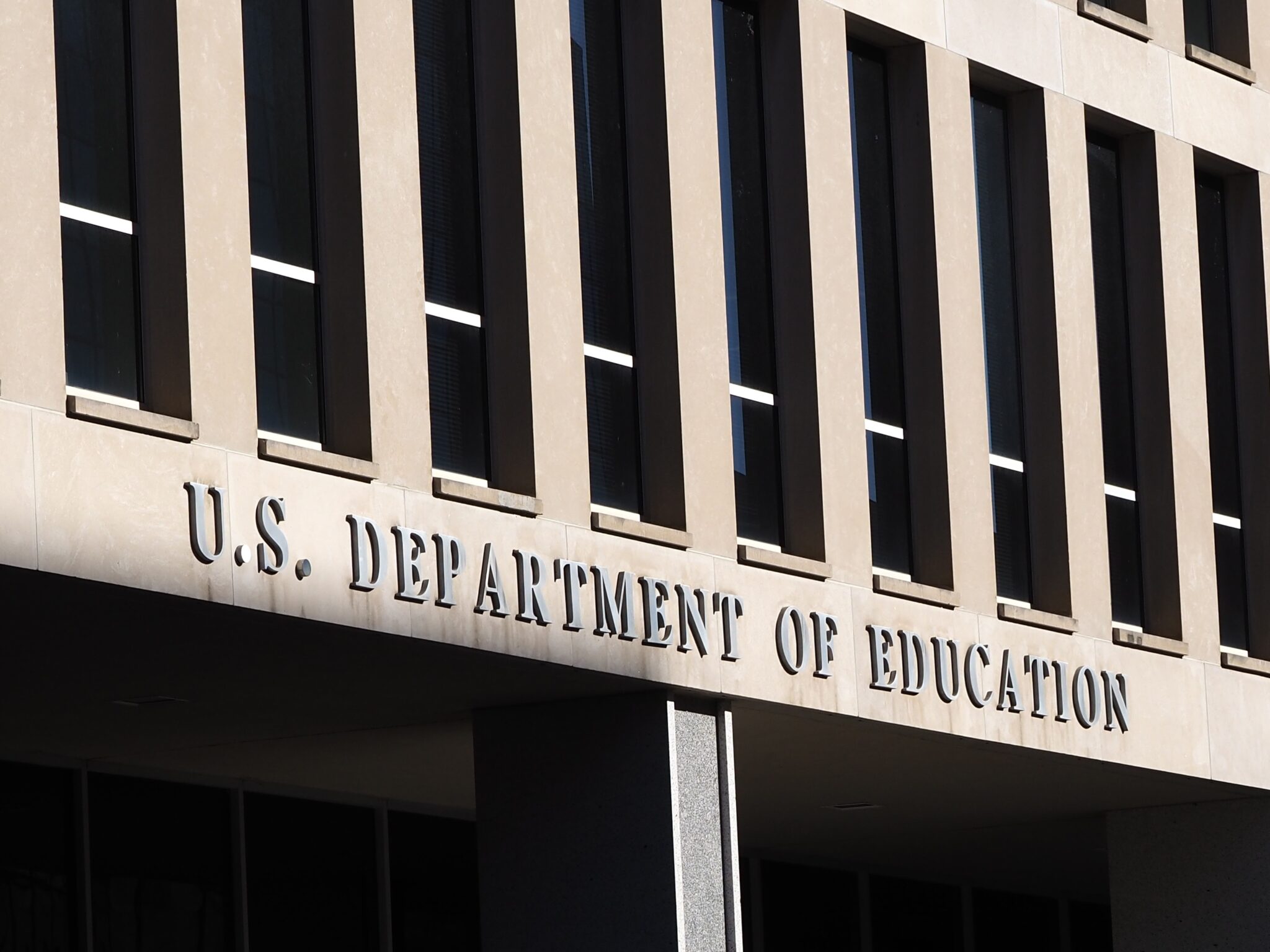Challenges and Complexities in Dismantling the U.S. Department of Education
The prospect of eliminating the U.S. Department of Education, as suggested by President-elect Donald Trump, presents a significant challenge rooted in complex logistical and political hurdles. While Trump’s vision to reshape American education policy is clear, the path to achieving such a transformation involves surmounting numerous obstacles that include securing bipartisan congressional approval and reallocating federal programs.
Education experts highlight the difficulties involved, noting that the proposal is unlikely to gain traction in Congress. Derek Black, an education law and policy expert at the University of South Carolina, expressed skepticism about the feasibility of defunding or eliminating the department. “I struggle to wrap my mind around how you get such a bill through Congress that sort of defunds the agency or eliminates the agency,” Black stated.
The Role of the Education Department
In the decentralized U.S. education system, the federal Education Department doesn’t control public school curricula; instead, it influences education through funding programs for low-income districts, special education, and student aid. Rachel Perera from the Brookings Institution explains that dismantling the department would necessitate redistributing these programs to other federal agencies, raising concerns about whether these agencies would have the resources to handle the additional responsibilities.
Senator Mike Rounds recently introduced legislation aimed at abolishing the department, proposing the transfer of its functions to other federal entities. Rounds argues that the department has not directly educated any students and believes it creates more problems than it solves.
The Heritage Foundation’s Project 2025 outlines a plan for dismantling the department by reallocating its programs and eliminating those deemed ineffective. Although Trump has distanced himself from this proposal, some of his former administration members contributed to its development.
The Impact of Federal Funding
Federal funding, particularly for programs like Title I, plays a crucial role in supporting school districts with high numbers of low-income students. Black warns that the regulatory framework surrounding these funds cannot simply vanish without significant consequences. He notes that rural and red states, in particular, rely heavily on Title I funding, suggesting little political will exists to eliminate these resources.
Contradictions in Trump’s Education Agenda
Trump’s education plans, including appointing Linda McMahon as Education Secretary, focus on promoting school choice, parental rights, and reducing federal oversight in education. However, his proposals to cut funding for schools teaching content he deems inappropriate introduce contradictions. Rachel Perera points out the inconsistency in Trump’s approach, as it requires federal involvement in education policy, which contradicts his agenda of reducing federal influence.
Trump’s plan to incentivize certain policy directives among states and districts, including curriculum transparency and merit pay, further complicates the effort to reduce federal intervention. Perera highlights these “inherent logical inconsistencies” in Trump’s strategy, as unwinding the federal role while enforcing specific policy choices presents a paradox.






